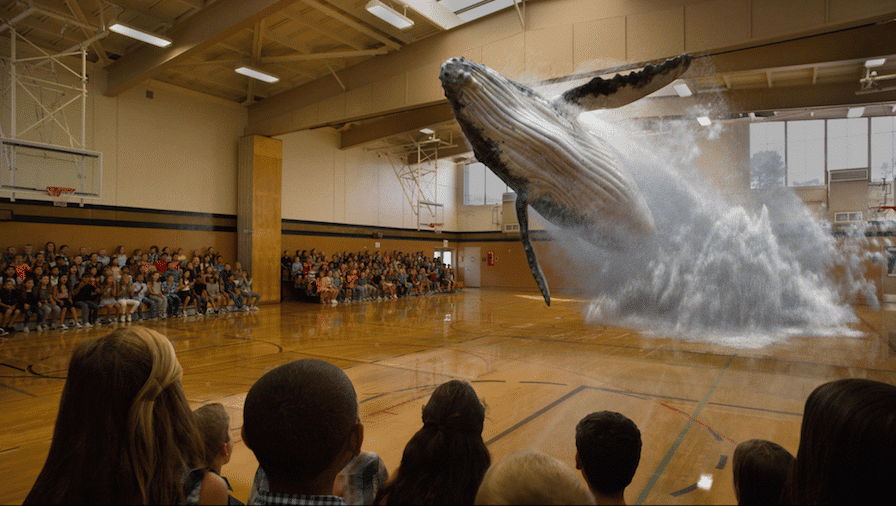Your mind spins forward to the possibilities for your organization: Trade shows where data about attendees, sessions and exhibits appear to hover in the air. People becoming more connected, resulting in more conversations, collaboration and engagement. Apps that link your knowledge base to physical objects or locations anywhere in the world, helping you to deliver on your mission to inform the public.
Then reality hits. Membership-based nonprofits and trade associations, after all, are rarely considered at the bleeding edge of technology. It’s a big enough lift for most organizations these days to stand up a mobile-friendly website and make online renewals less painful.
While it’s true that it may be a few years before dazzling augmented reality apps become readily available, by properly preparing your data and content now you can be ready to embrace this opportunity sooner than you think.
To many futurists, the convergence of data, technology and geography is the next logical dimension for all communications: Within a few years, experts predict people will come to expect that all kinds of information about real and virtual objects in their surrounding environment will be readily available on their phones, in their glasses or in their ears. Ultimately, people will simply use their vision and brains to experience 3D graphical information, a notion that Rony Abovitz, CEO and founder of Magic Leap, calls “mixed reality.”
“Content creators and developers are going to be able to use that display, the one we all have, as the new medium and it’s super exciting,” Abovitz said at a July 1 Fortune magazine panel.
Abovitz and others say this technology will quickly move beyond gaming to commercial, educational and civic applications. It’s easy to see how for-profit companies will use augmented and mixed reality technology to point you to their nearest sales opportunity. But nonprofits are also uniquely situated to take advantage of the promises of this digital frontier.
Think of your members’ information needs: Chances are, you have an annual convention or meeting, probably with exhibit space. It’s also likely your organization serves as a knowledge base for your industry, collecting and publishing all kinds of news, analysis and data. Your group also has likely spent a fair amount of time thinking about how to be a social networking and collaboration hub for your area of interest. Each of these will be profoundly affected by augmented- and mixed-reality applications.
Many, if not most, membership-based nonprofits these days are struggling with an eroding value proposition: Social networks, Google hangouts, free content on the web and other disruptive technologies all give people fewer reasons to join or renew. By granting location a much bigger role in the digital experience, augmented and mixed reality technologies could greatly enhance a membership organization’s value proposition.
Imagine walking through a convention and knowing, at a glance, the name, town and interests of the person walking past you. Or knowing by scanning the corridors of the convention center, what conversations are happening in which rooms and how engaged each audience is. Societies and trade groups could more widely distribute their industry knowledge by linking it with physical locations and objects anywhere around the world. A society with a database of information about environmental threats in national parks, for example, could display quick facts when users aim their phones at points of interest.
While most of the required authoring, location detection, recognition and rendering technology exists today, off the shelf, it will take years before turnkey applications become readily available to organizations. But it will happen.
In the meantime, membership societies should be taking steps to prepare their data and content for this convergence of geography, knowledge and enhanced presentation. Many organizations, for example, lock all of their member data in one association management system database, their website user data in another and their annual meeting data in yet a third, among other data repositories. Few organizations have a 360-degree view of their member and non-member audience. Feeding this data to a single repository, with common taxonomy and XML, is a great first step. As for content: Once you envision the possibilities for how your news, facts and advocacy talking points could be presented, you should begin writing, editing and producing your words and images with this new medium in mind.
Yes, nonprofits are notoriously behind the curve when it comes to keeping up with technology. But smart executives will begin now to prepare their organization’s data, technology stack and knowledge base in a methodical, iterative fashion so they can seize these opportunities when they come to market.
(Image Credit: Magic Leap)
















